It was in the early spring of 1968 that a bunch of assorted students, friends and townies began to rehearse for a production of Marat Sade in Cambridge . Or, to give it its full title, The Persecution and Assassination of Jean-Paul Marat as Performed by the Inmates of the Asylum of Charenton Under the Direction of the Marquis de Sade, written by Peter Weiss. See the following link for plot, if you can work it out. http://en.wikipedia.org/wiki/Marat/Sade
We gave our all to the madness and chaos. Bruce Birchall, our alternative-style theatre director extraordinaire, strode around rehearsals thwacking his tall boots with a whip, de Sade style. It was a stirring, primeval experience, and when we performed at Peterhouse College, one friend in the audience reported, ‘At first I was seeing students acting lunatics. But then you really did become lunatics.’ Praise indeed.
These photos below are the sheets of contact photos for the production which I’ve managed to keep hold of all these years. Spot me looming in the third photo down, top row, third from the left – lots of long dark hair.
One of the poignant aspects of looking at these photos now is to ruminate on what became of those who took part. Here are some of our varied destinies: imprisoned as member of the Angry Brigade, human rights lawyer, initiated as shaman in Siberia, financial journalist, sent down from Cambridge for drug dealing, local radio commentator, advertising executive, writer (that’s me), died young of natural causes, computer scientist. Mixed bag. And now I’m sad, when searching out Bruce Birchall, to find that he died last year (1946-2011). Re the conversation about Bruce’s demise at http://www.ecforum.org.uk/viewtopic.php?f=2&t=3627, I’m afraid the ‘poor personal hygiene’ comment really was true! You didn’t get too close. But he was a talented director, as acknowledged at http://www.unfinishedhistories.com/history/individuals/bruce-birchall/
Right, reminiscing over - who’s for a revival of Marat Sade?
If you have memories of this production, please leave your comments here. For better views of the photos, contact me via this website and I may be able to email them to you.
We gave our all to the madness and chaos. Bruce Birchall, our alternative-style theatre director extraordinaire, strode around rehearsals thwacking his tall boots with a whip, de Sade style. It was a stirring, primeval experience, and when we performed at Peterhouse College, one friend in the audience reported, ‘At first I was seeing students acting lunatics. But then you really did become lunatics.’ Praise indeed.
These photos below are the sheets of contact photos for the production which I’ve managed to keep hold of all these years. Spot me looming in the third photo down, top row, third from the left – lots of long dark hair.
One of the poignant aspects of looking at these photos now is to ruminate on what became of those who took part. Here are some of our varied destinies: imprisoned as member of the Angry Brigade, human rights lawyer, initiated as shaman in Siberia, financial journalist, sent down from Cambridge for drug dealing, local radio commentator, advertising executive, writer (that’s me), died young of natural causes, computer scientist. Mixed bag. And now I’m sad, when searching out Bruce Birchall, to find that he died last year (1946-2011). Re the conversation about Bruce’s demise at http://www.ecforum.org.uk/viewtopic.php?f=2&t=3627, I’m afraid the ‘poor personal hygiene’ comment really was true! You didn’t get too close. But he was a talented director, as acknowledged at http://www.unfinishedhistories.com/history/individuals/bruce-birchall/
Right, reminiscing over - who’s for a revival of Marat Sade?
If you have memories of this production, please leave your comments here. For better views of the photos, contact me via this website and I may be able to email them to you.

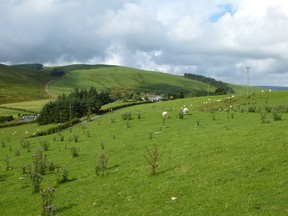
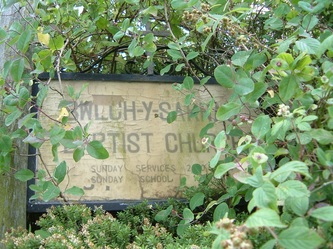
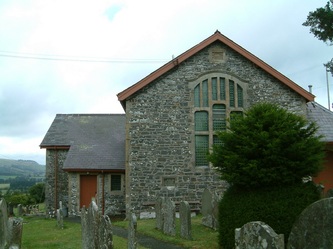
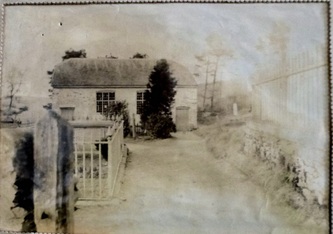
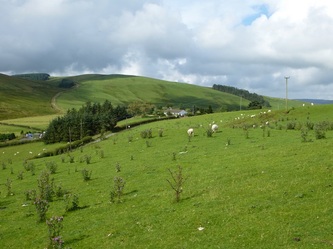
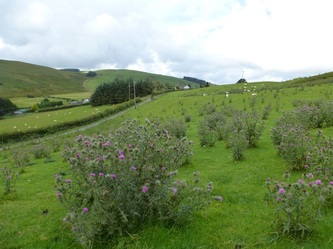
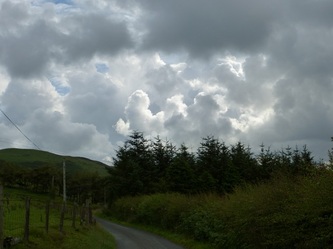
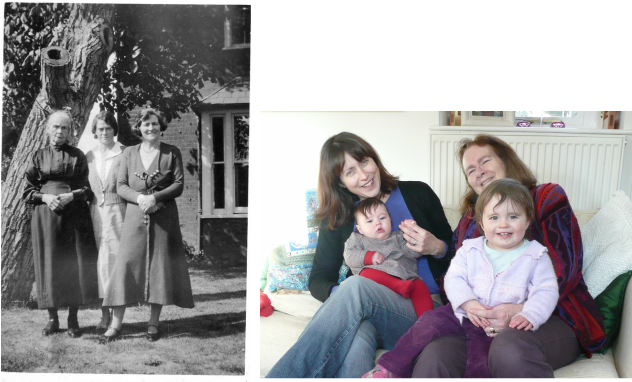
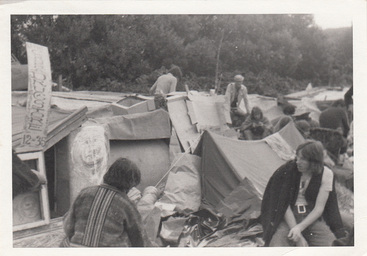

 RSS Feed
RSS Feed